Collector, All about cigars
Nicaragua: the new giant of the premium cigar industry
Located between Honduras and Costa Rica, Nicaragua is the largest country in Central America. Nicknamed "the land of lakes and volcanoes", it is home to some twenty volcanoes, numerous tropical forests and Central America's two largest lakes, Grand Lac du Nicaragua and Lake Managua. Today the world's 2nd-largest producer of premium cigars, Nicaragua's tumultuous history did not augur well for its rise to prominence.
The development of the Nicaraguan cigar industry: the story of a perpetual renaissance
The development of the cigar industry in Nicaragua dates back only fifty years. Following the Castro Revolution in 1959, Cuban emigrants began to develop tobacco cultivation on Nicaraguan soil. Fleeing nationalization and conflict, they brought with them tobacco plants and know-how inherited from traditional Cuban culture. Developed around the town of Esteli, in north-west Nicaragua, these small-scale plantations quickly made the country one of the world's leading producers of premium cigars. It was during this period that some Nicaraguan cigars, such as the Joya du Nicaraguawas recognized as one of the world's finest cigars. This module became the official cigar of the White House following the 1962 embargo.
But this meteoric rise was brought to a screeching halt when the Sandinista forces came to power in July 1979 and the civil war began. The fighting destroyed most of the plantations in the Estreli region, forcing tobacco growers to flee to neighboring countries. For over 10 years, tobacco growing in Nicaragua remained at a standstill, and it was not until the end of the war in February 1990 that tobacco growers were able to return to Estreli. The early 90s saw the rebirth of the Nicaraguan cigar industry, which took advantage of the premium cigar boom in the United States to establish itself on the international market.
In 1998, this boom was once again halted when Hurricane Mitch ravaged the majority of the country's tobacco crops. Some regions of Nicaragua suffered the equivalent of a year's rain in just 4 days, resulting in the total destruction of over 300,000 hectares of arable land. But the resilience of Nicaraguan tobacco growers enabled the industry to bounce back once again. Today, this industry represents one of the country's main economic resources, alongside coffee, sugar and cotton. Like the Phoenix rising from the ashes, Nicaraguan cigars bear witness to this permanent resurrection. They bear witness to the strength and resilience of the men and women who gave them birth.
Nicaraguan cigars: premium quality
Today, Nicaraguan cigars are renowned for their powerful aromas and exemplary quality. According to Nestor Plasencia, one of Nicaragua's leading cigar exporters and a worthy heir to the Plasencia family, "no other country has soils as suitable for tobacco as Nicaragua". With its iron-rich volcanic soils and hot, humid climate, the "land of lakes and volcanoes" offers ideal conditions for growing tobacco. It is this rich, generous nature that gives Nicaraguan cigars the aromatic power and finesse that have made them famous. These cigars feature the woody, earthy nuances typical of this terroir, as well as notes of spice, coffee and hazelnut. Depending on the growing region, these tastes can vary in intensity.
But while Nicaragua 's terroir allows the cultivation of quality tobacco plants, it alone does not explain the success of Nicaraguan cigars. Indeed, it's thanks to the care and expertise of the men and women who make them that these vitolas are now recognized the world over. Today, more than 42,000 people work in Nicaraguan cigar plantations, dryers and factories. Thanks to the craftsmanship imported from Cuba, tobacco growing is now handed down from generation to generation, with the same attention to detail. The tobacco leaves are meticulously sorted, and only the best are preserved and dried. This is followed by a long period of fermentation and ageing, during which each aroma is allowed to develop optimally, resulting in cigars with powerful, balanced flavours. Each cigar is then hand-rolled and examined from every angle before being boxed.
A worldwide success story
Today, Nicaragua boasts over 5,000 cigar brands, including some of the world's most prestigious brands such as Padron, Oliva, Plasencia, Perdomo, AJ Fernandez, Don Pepin Garcia, My Father and Arturo Fuente. Also of note are the Davidoff and Gurkha brands, which produce cigars using Nicaraguan tobacco. In 2021, the United States imported over 240 million Nicaraguan cigars, compared with just 129.5 million from their Dominican counterparts. Nicaragua has thus become the leading exporter of premium cigars to the United States and the 2nd largest exporter of hand-rolled cigars in the world. It has become known as the "New Cigar Eldorado", and many Nicaraguan modules receive awards for their quality every year. In 2021, Cigar Aficionado magazine named the Padrón 1964 Anniversary Series Torpedo "Best Cigar of the Year".
Recently, Nicaraguan cigar production has expanded in the north of the country, around the cities of Jalapa and Condega , as well as in the south-west, on the island of Ometepe. These new terroirs are opening up new prospects for the Nicaraguan cigar industry, keeping it on course for the future.

